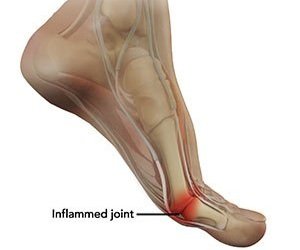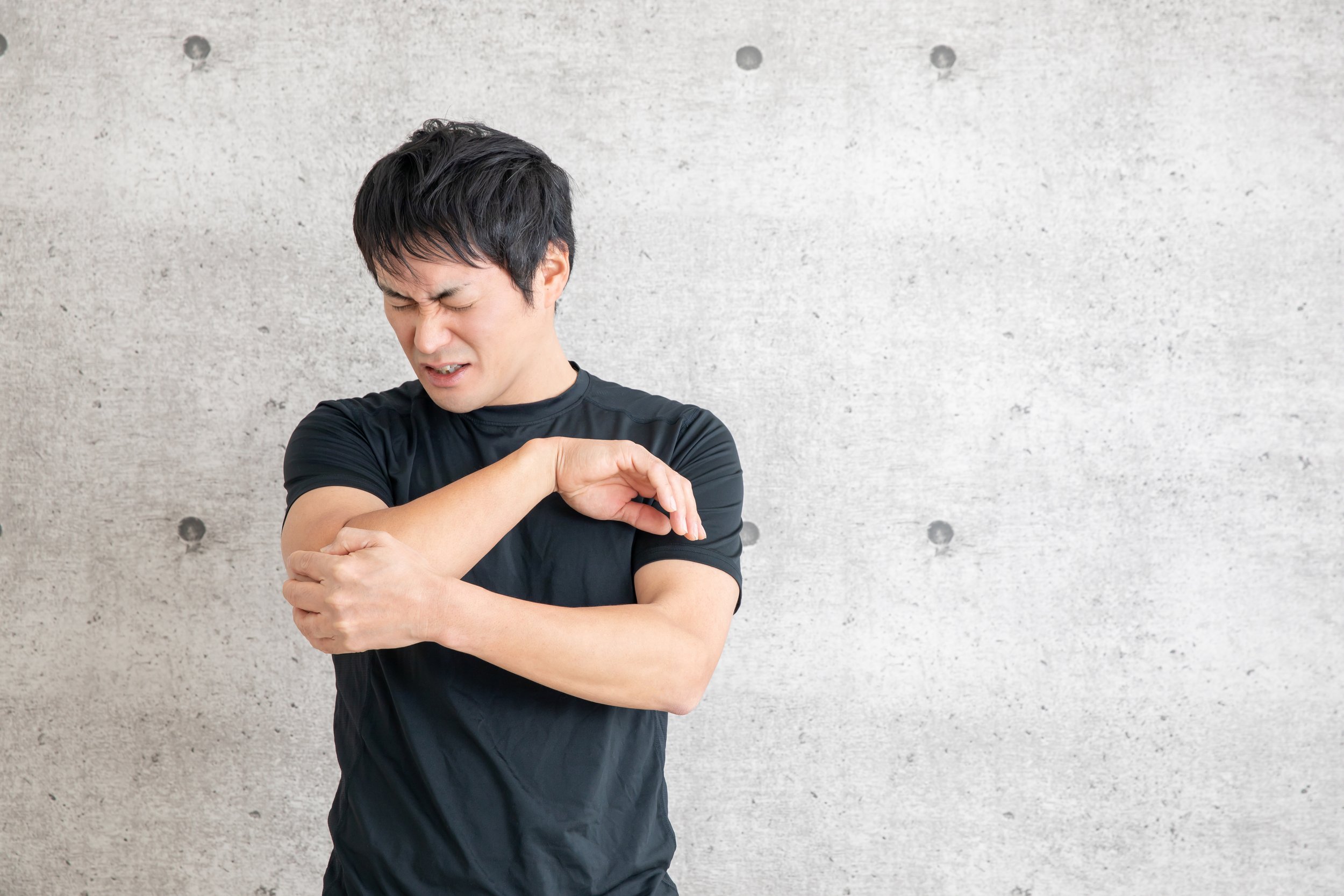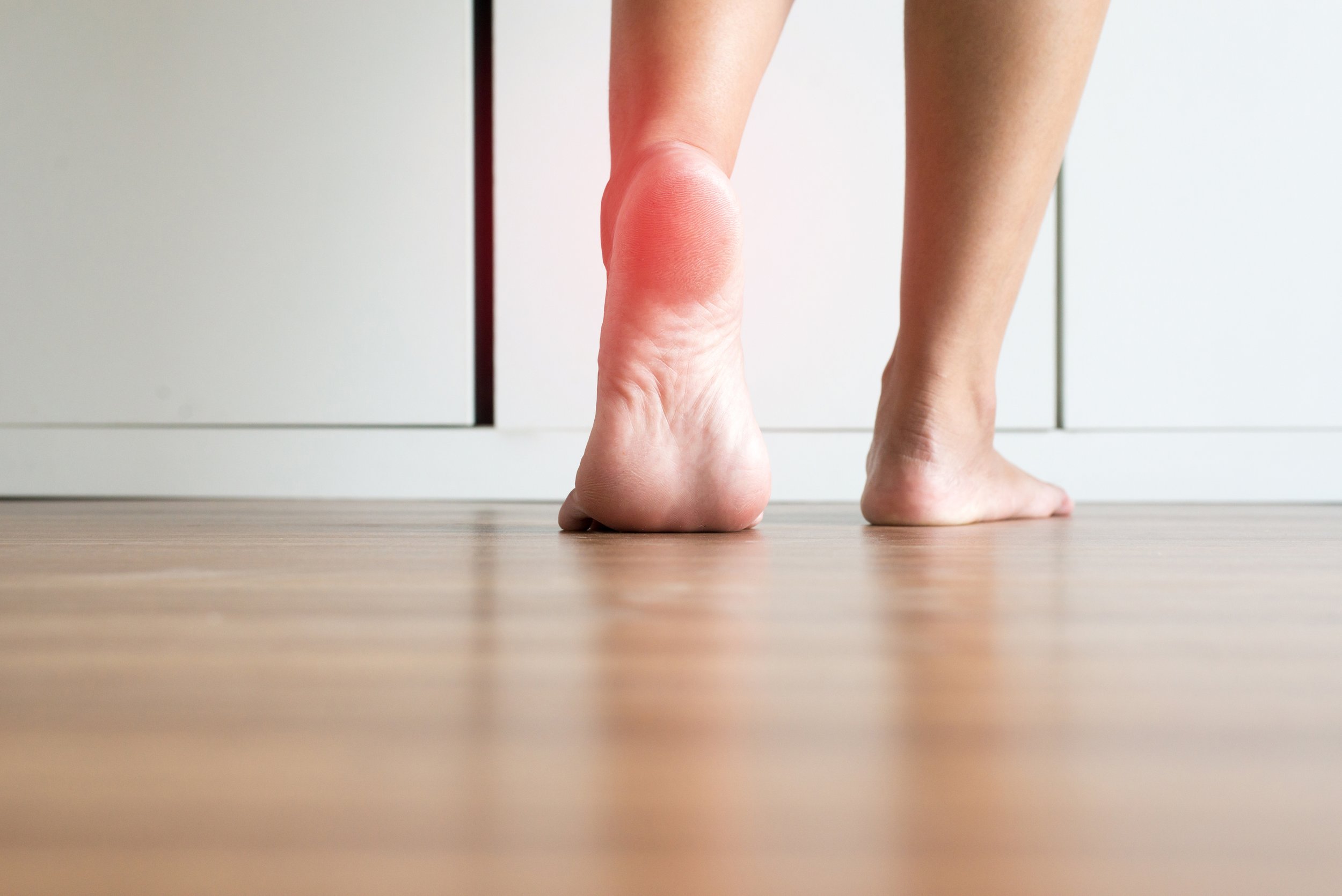
BLOGS & NEWS

Pain Profile: Turf Toe
"Turf toe." It has an interesting name that sounds almost comical, but for those who are dealing with it, it’s certainly not funny at all. This condition is not typically one that people come to Upside Health & Movement directly to seek treatment for. Instead, it often arises as a secondary issue, something that is mentioned in passing during a consultation. It tends to come up in a manner like, “While I’ve got you here, would you mind taking a moment to check this other thing out for me?”

Pain Profile: Iliotibial Friction Band Syndrome (iTBFS)
Iliotibial Band Friction Syndrome (ITBFS) is a common condition that causes pain on the outside of the knee, particularly among runners and cyclists. While its name may sound complex, the condition itself can be understood through the interaction of the iliotibial band (IT band) with the knee joint. In this blog, we'll delve into the signs, symptoms, mechanisms, and treatment options for ITBFS.

Pain Profile: Medial Epicondylitis (Golfer’s Elbow)
Golfer's elbow, also known as medial epicondylitis, is a type of overuse injury that affects the tendons and muscles on the inside of the elbow. It is called golfer's elbow because it is a common injury among golfers, as the repetitive swinging motion puts strain on the tendons and muscles in the elbow.

Pain Profile: Carpal Tunnel Syndrome
Carpal tunnel syndrome is a condition that causes pain, numbness and tingling in the hand and arm. It occurs when the median nerve, which runs from the forearm into the hand, becomes compressed or squeezed at the wrist. The carpal tunnel is a narrow passageway of ligaments and bones at the base of the hand, through which the median nerve and tendons pass.

Pain Profile: Temporomandibular Joint Disorders (TMJ Pain)
Temporomandibular joint disorder (TMJ) is a painful condition that affects the jaw joint and muscles that control jaw movement. This disorder can cause significant pain and discomfort, affecting daily activities such as eating, talking, and sleeping. This blog will discuss the causes, symptoms, and treatments of TMJ pain.

Pain Profile: Lateral Epicondylitis (Tennis Elbow)
Lateral Epicondylitis, or “Tennis Elbow” as it is commonly referred to, is a condition that presents as pain around the outside of the elbow. While the name “Tennis Elbow” suggests this condition only affects athletes, this is hardly the case. This is because Lateral Epicondylitis can be brought on by repetitive actions of the wrist and hand like playing an instrument or typing at a computer. This means that anyone from tradesmen to baristas or musicians is susceptible to Lateral Epicondylitis. You are up to five times more likely to get Lateral Epicondylitis (Tennis Elbow) than you are Medial Epicondylitis (Golfer’s Elbow).

Pain Profile: Gluteal Tendinopathy
Lateral hip pain can have many causes, but one of the most common sources comes from a tendinopathy of the gluteus medius and gluteus minimus muscles. Traditionally this pain presentation was often diagnosed as Greater Trochanteric bursitis, but research has found that any pain associated with the bursa is normally secondary to a tendinopathy. This grouping of conditions is sometimes referred to as Greater Trochanteric Pain Syndrome (GTPS).

Pain Profile: Hamstring Strain
Hamstring strains are a common injury in sports, especially those that involve sprinting and kicking. In 2020, they made up 26% of all injuries in the AFL while accounting for 79% of all muscular injuries. The physical demands of AFL, such as acceleration, agility, endurance, kicking, and bending to pick up the ball, may contribute to this high prevalence. Although hamstring injuries are not unique to football and are common in other sports like soccer, rugby, athletics, and cricket, they are particularly prevalent among AFL footballers of all levels. This makes them the most common injury in sports with high-speed running and acceleration.

Pain Profile: Plantar Fasciopathy
Plantar heel pain is a common injury that can affect both active and sedentary individuals. It was earlier known as plantar fasciitis but is now referred to as plantar fasciopathy. This degenerative condition occurs due to overloaded tissues, causing swelling and sensitivity. Rehabilitation involving progressive loading of these tissues won't cause further damage.

Pain Profile: Lateral Ankle Sprain
Lateral ankle sprains are common in sports and in general population. Up to 70% of people might experience it in their life, and it has the highest re-injury rate of all lower leg injuries. The risk of re-injury within 12 months is doubled, possibly due to insufficient rehabilitation or early return to sports.
